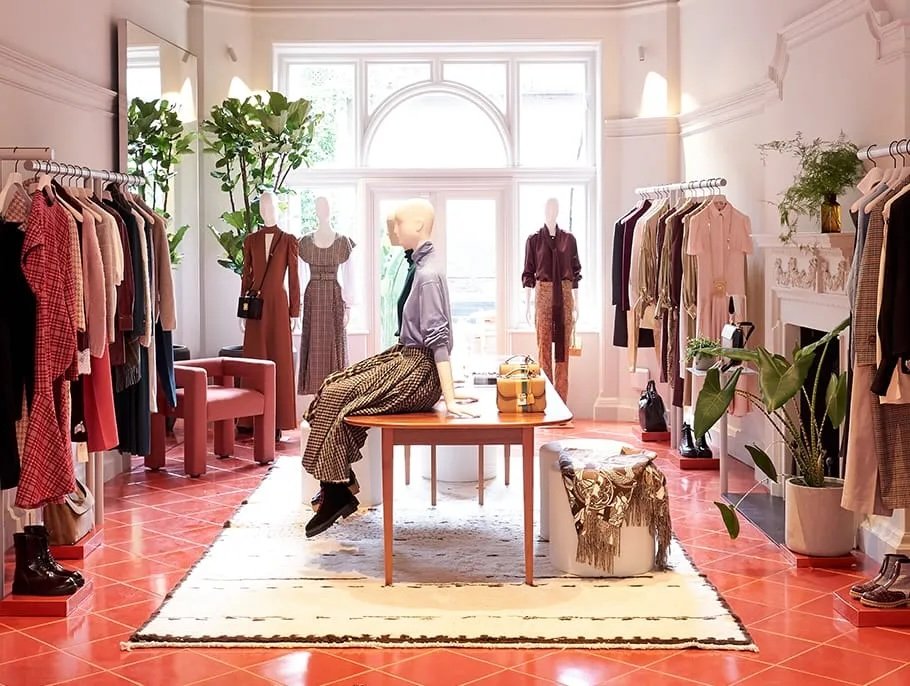
Failure of Matches Fashion: the end of multi-brand e-commerce?
This publication is also available in: Français
English (UK)
Deutsch
Italiano
Español
After being acquired in December 2023, the new owners of Matches Fashion announced its judicial recovery last month. This case, which is not isolated, highlights the difficulties faced lately by multi-brand e-commerce sites. Between a decline in the attractiveness of the luxury market and growing interest from brands in the DTC e-commerce model, various factors explain the downfall of the brand recently acquired by the Fraser group. Should we anticipate the end of retail sites?
How did Matches Fashion end up in bankruptcy?
Before reaching bankruptcy, Matches Fashion was a model of success in the luxury sector, as well as a reference for discovering trends. Founded in Wimbledon in 1987 by Tom and Ruth Chaan, the brand initially established itself with a physical store. Showcasing pieces from renowned designers as well as new talents, this model of a high-end multi-brand boutique quickly gained popularity and expanded to about ten London locations in just a few years.
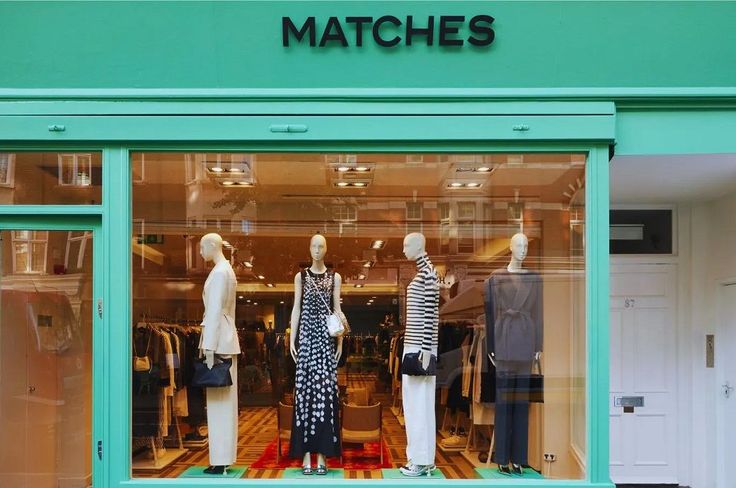
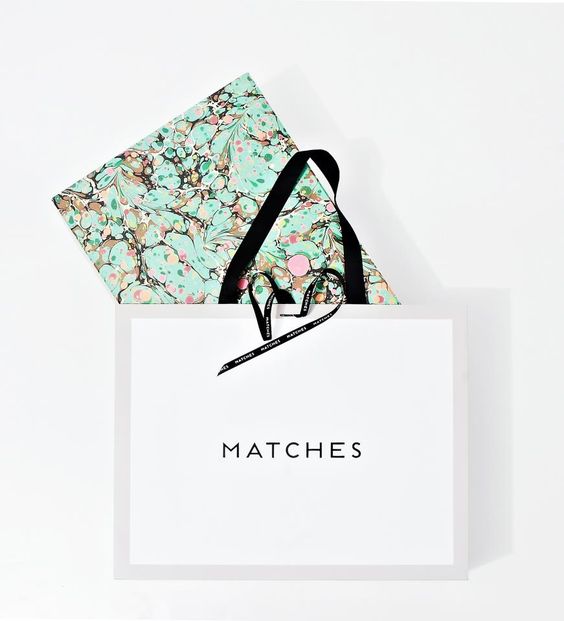
2007 marked the launch of Matches Fashion’s e-commerce activity. This opened up to the international market, which has stood out as the strongest on the platform over the years. In total, over 450 brands are listed on matchesfashion.com, alongside the development of the brand’s reach through multiple channels (dedicated French market site, web and print magazine, mobile app…).
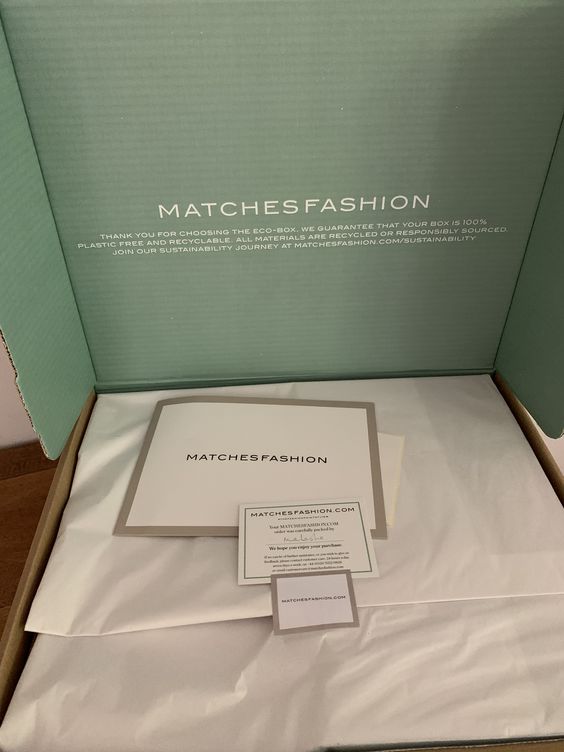
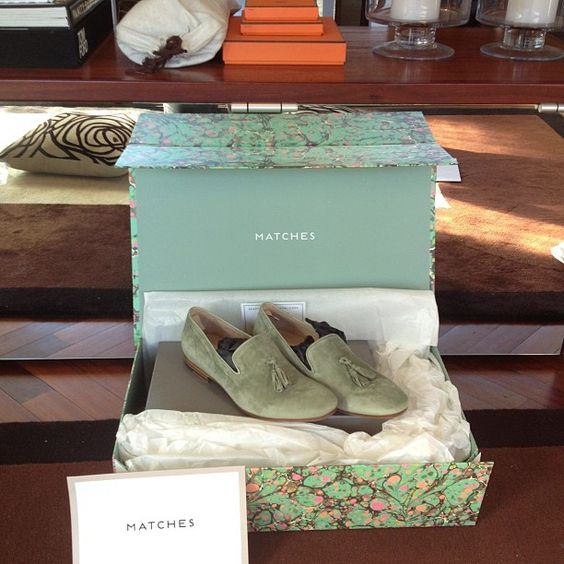
However, despite the arrival of Apax Partners among the majority shareholders in 2017, and then Nick Beighton (former Asos director) as the new CEO in 2022, Matches Fashion faced numerous challenges over the years. Unmet objectives and highlighted losses began to punctuate the brand’s annual reports. A new chapter, full of hope, began last December with its acquisition by Fraser. However, the announcement of its judicial recovery a few weeks ago indicates a disappointing outcome.
Why did the Fraser group want to revive Matches Fashion?
A major player in the luxury sector, Fraser stands out particularly for the rapid growth of its Flannels brand, alongside its eponymous brand and Sports Direct. Seeking to expand its high-end offerings and provide privileged access to the finest brands, the British clothing group acquired Matches Fashion in December 2023. The idea: to combine the strengths of both units. Specifically, to leverage its expertise to revive the Matches Fashion brand, and in return, benefit from its reach to strengthen the group’s positioning in luxury.
Acquired for £52 million, compared to around £800 million during the acquisition in 2017 by Apax Partners, Matches Fashion came into the hands of the Fraser group with numerous challenges to tackle, along with its significant debts. This is set against a backdrop where the luxury market is experiencing difficulties on a global scale.
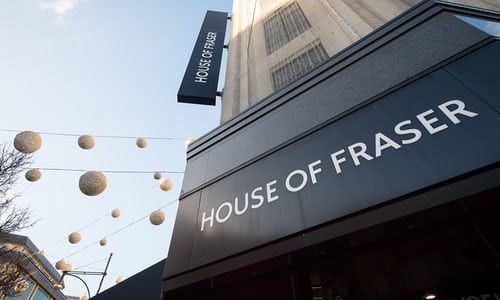
Three months after its acquisition, a management statement reported constant failures to meet set objectives. It highlighted a need for restructuring, which would require changes and costs that “would far exceed what the group considers viable.” This was followed by the announcement of judicial recovery for Matches Fashion on March 7, 2024. Consequently, more than half of the employees were laid off, totaling 273 positions.
This is not the only case in the sector, where we have notably witnessed the acquisition of Farfetch by Coupang at the end of 2023.
Does the situation of Matches Fashion signal the end of luxury multi-brand e-commerce sites?
The case of Matches Fashion is interesting to analyze to understand the current ecosystem of multi-brand e-commerce. While a decline in interest for luxury is noted, this is far from the only reason for the growth loss of these platforms.
Why are multi-brand e-commerce sites losing power?
While multi-brand e-commerce sites like Matches Fashion experienced a remarkable rise, the trend now seems to be reversing. Indeed, due to high costs, a lack of trust, and a desire to improve customer relations, many brands prefer to go it alone online.
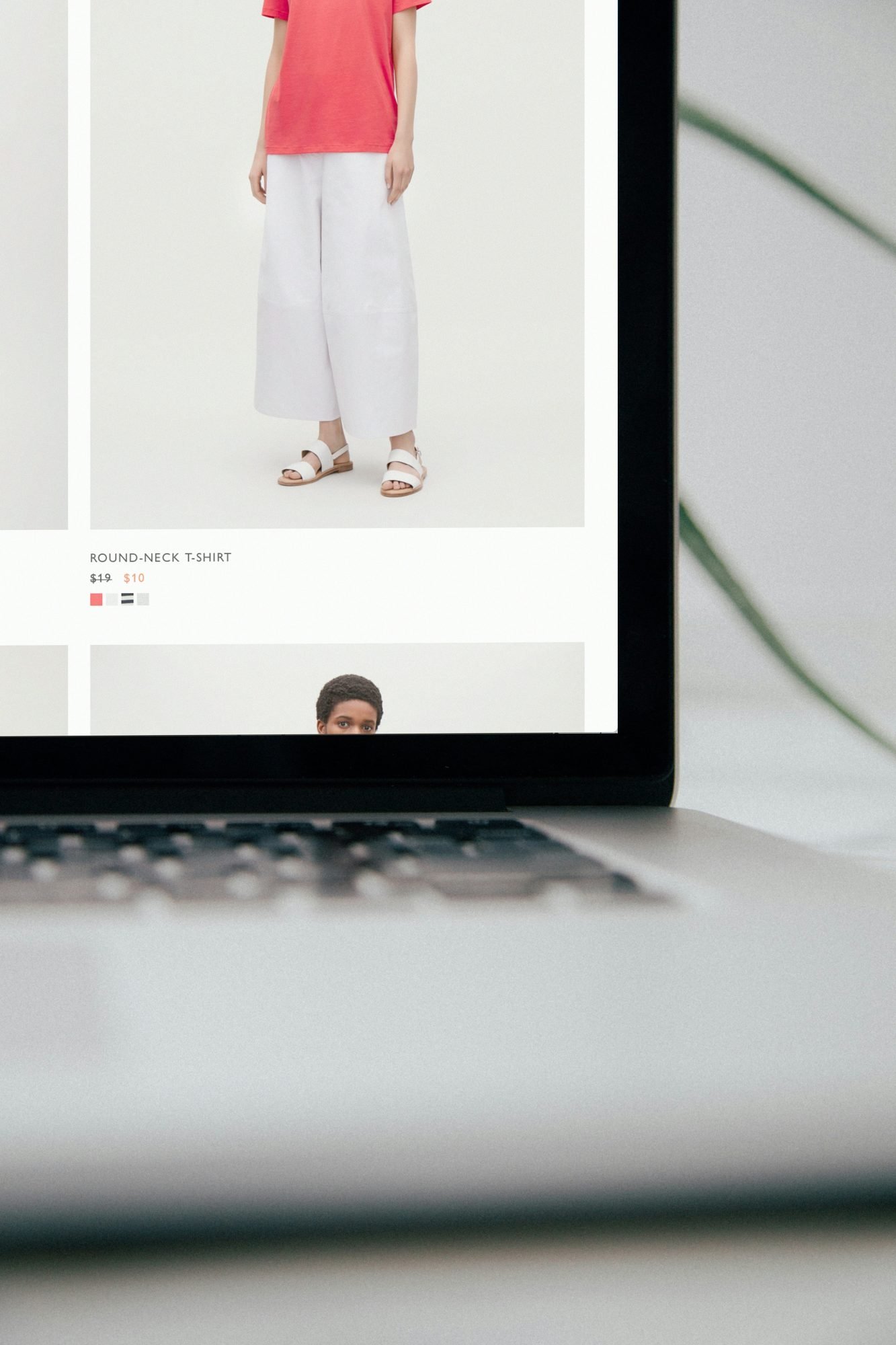
On one hand, the increase in taxes applied by retailers no longer allows brands to secure a proper margin without raising the prices of their items. Many of them thus decide to end their partnerships to sell their pieces independently, as has been the case with Matches. Additionally, scandals have tainted brands’ trust in retailers. Gucci, highlighted in a MUBI documentary, recently sued three entities that sold counterfeit items instead of its creations.
Another factor driving brands to detach from the retail model is to better understand their customers to enhance their customer relations and offer a personalized experience.
How is the DTC “Direct to Consumer” model emerging?
In light of the growing number of brands that launched their DTC e-commerce sites in 2023, as well as the projected sales of $161.22 billion on Shopify in 2024, the DTC e-commerce model seems to be on a promising trajectory.
As the name suggests, a “Direct to Consumer” e-commerce site allows brands to sell their products directly to their clientele, without the intervention of third parties. In contrast to multi-brand e-commerce sites, where the retailer manages the presentation of products on its platform and oversees the purchasing and shipping process.
The DTC model is appealing due to its numerous advantages encouraging brand development, such as:
- Reduction of costs/taxes/commissions (usually paid to the retailer) which allows brands to have a fairer margin and offer their pieces at more affordable prices.
- Having visibility over their entire production, understanding stock evolution as well as the quality of pieces and shipments made.
- Not depending on other parties, which can slow down or tarnish the purchasing and shipping journey.
- Ability to better manage their brand image, values, and storytelling via their DTC site. Additionally, to better showcase their products and offer more, through a simplified purchasing journey.
- Access to all data regarding the behaviors of visitors and customers on the site. This is to improve the user journey and offer unique and personalized experiences. This work helps strengthen the bond between the brand and the customer while fostering loyalty.
- Brands can also complement the in-store experience of customers with online exclusives.
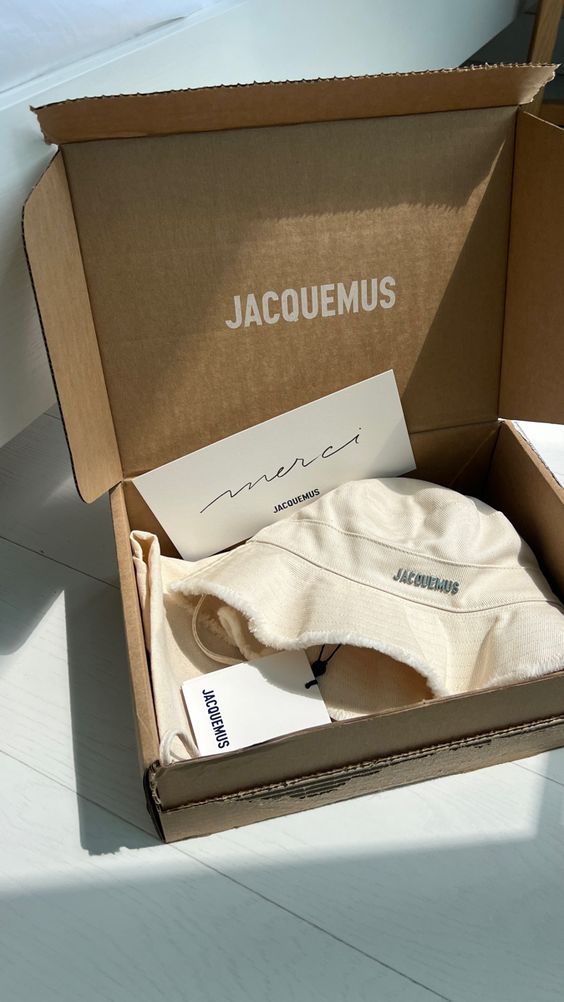
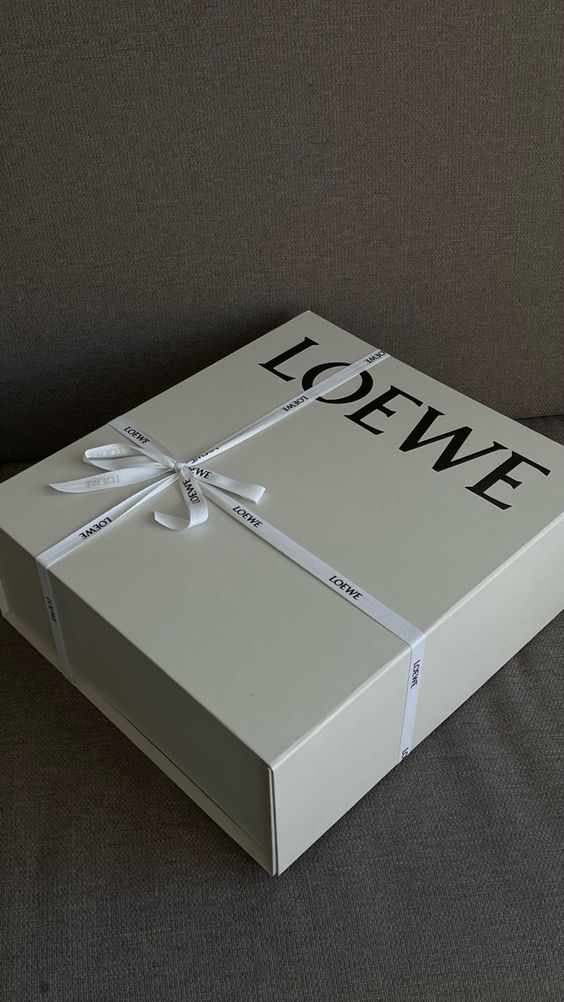

In light of all the advantages stemming from the DTC model, multi-brand e-commerce sites are losing popularity to brands that want to reclaim power. Their position is increasingly being questioned. Nevertheless, the recent rise of “Direct to Consumer” sites implies strong competition for brands looking to enter this channel. Thus, targeting their clientele effectively, establishing an attractive brand image, and implementing a relevant strategy are essential to stand out and make sales.
Where to find popular brands sold on Matches Fashion?
If you were accustomed to the Matches Fashion site, don’t worry, we’ve gathered some useful links to find your favorite pieces from Dragon Diffusion, Alemais, Amiri, or even Toteme!
With over 450 brands represented, Matches Fashion quickly stood out as a must-visit spot for fashion enthusiasts. Among the most appreciated brands, we find:
– Loewe
– Céline
– Gucci
– Adidas
– Prada
– Fendi
– Hunza G
Discover our must-haves for Spring 2024
Here are some pieces to shop to enjoy the sunny days:
– An it-bag, to choose between a Loewe Bag, the Balenciaga Hourglass bag, a Jacquemus Bag, or a Demellier Bag.
– A perfectly cut two-piece swimsuit from Hunza G paired with Celine Sunglasses.
– A pair of Prada Trainers or Arigato Trainers for exercise, Bottega Veneta Shoes for a parade, or espadrilles for a stroll.
– A touch of preppy originality with a piece from Alessandra Rich, a colorful piece from Zimmerman, or a vintage look from the collaboration with Wales Bonner Adidas.
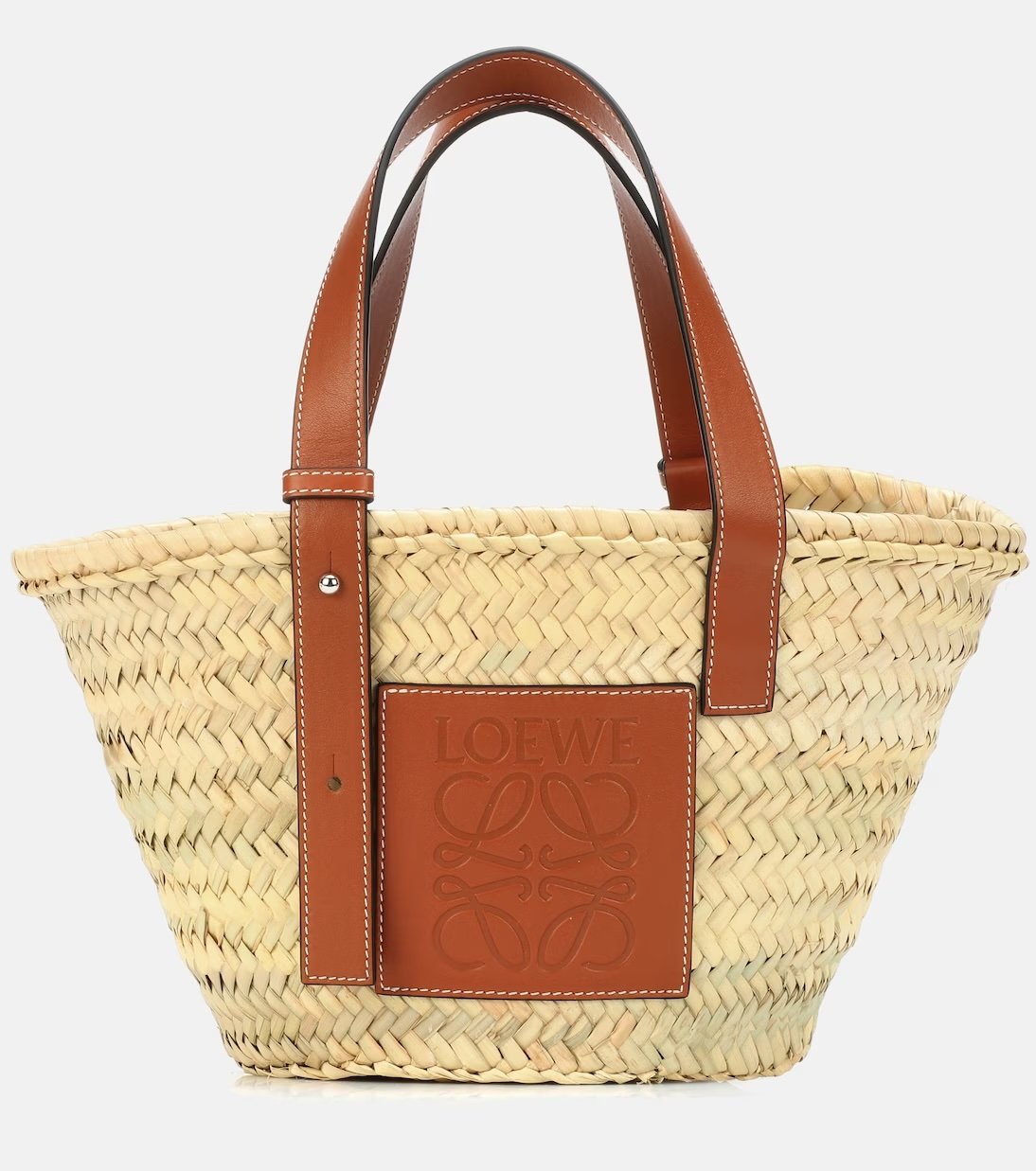
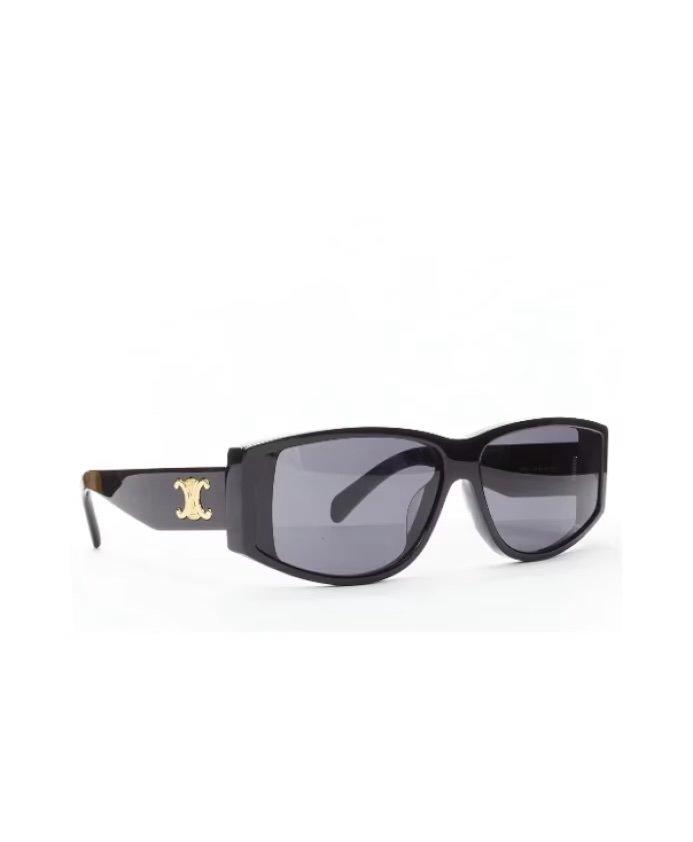
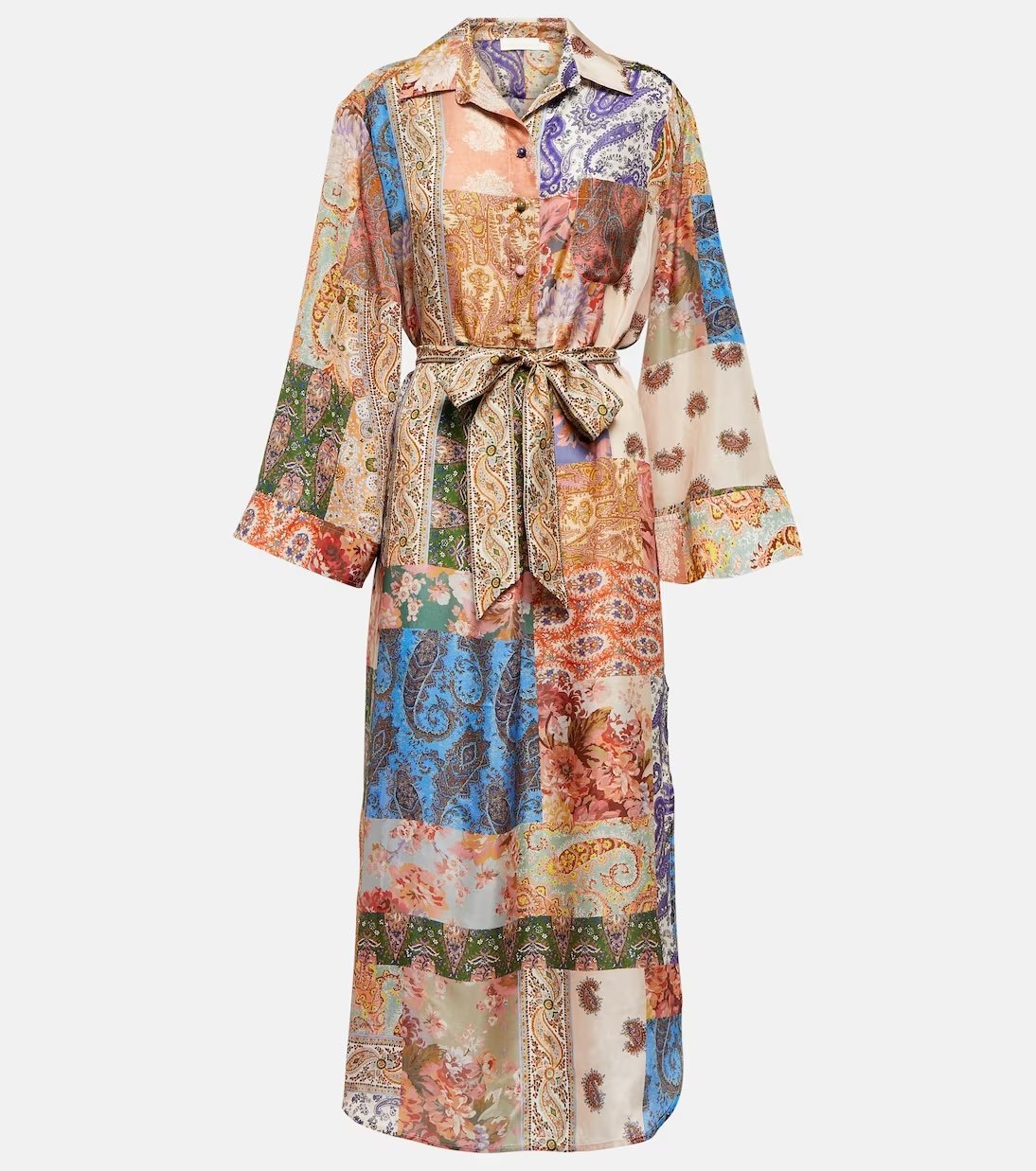
Photos: Pinterest, Unsplash / Cover: Matchesfashion.com



